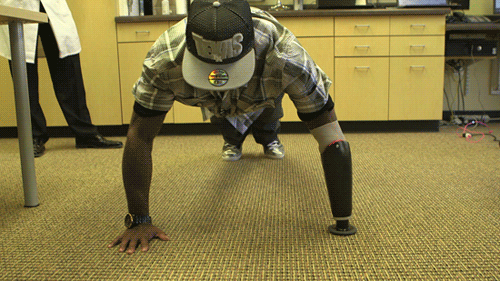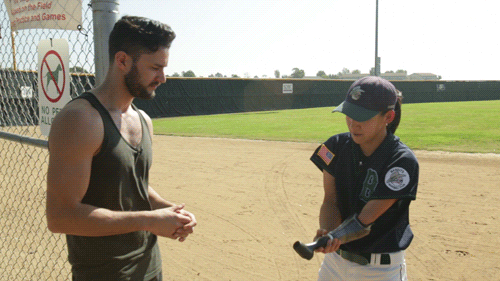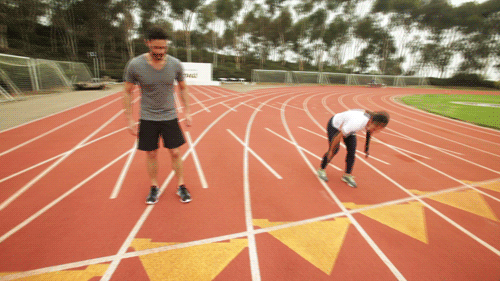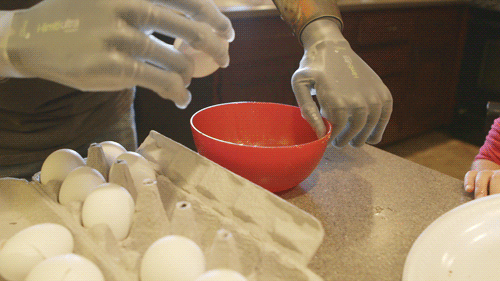Need to Know: New bionics technology aims to fit every need
At Advanced Arm Dynamics in Dallas, Tex., doctors are working to make hook and cable prosthetics a thing of the past.
“It’s just really cool to have an opportunity to see a patient, see what they need, and actually do what they need, not just say ‘Well, all we have is this, I’m sorry, here you go,’” says Dr. Rob Dodson. “We get to be really creative.”
Technicians and occupational therapists at Advanced Arm Dynamics work together to design prosthetics for specific patients’ needs.

“It’s matching the technology with the patient,” Dodson replies when asked about his biggest challenge. “We want to pair technology with the right type of patient.”
Born with a congenital condition, Katie Walker has lived her whole life without her left hand. She began using prosthetics at 16 to prepare for college life.
“I really wanted people’s first impression of me not to be a person with a disability or an amputation,” she tells Torres. “But also, I just wanted to see how it would feel to have two hands, or the closest thing that I could get.”
Walker originally utilized traditional prosthetics, but an interest in competing in the Paralympics inspired her to seek out more advanced technology to help her train and compete.

On the softball field, Walker’s prosthetic features an attachment for her bat that can be easily detached when she gets a hit.
“After I swing, after I follow through, I can just pop it right off and start running,” Walker explains.

Walker hopes to qualify for the 2016 Paralympic Games in Rio de Janeiro in track and field. She has another specialized prosthetic for those events.
“First off, it’s much lighter,” she tells Torres. “It’s made of carbon fiber and the socket is really comfortable and sweat-proof. It’s really made for the starting blocks.”

The i-limb Ultra Revolution is one of the most sophisticated bionic hands on the market. It allows users to move through a series of grips and even rotate the thumb.
Six internal motors allow each finger to articulate independently. The user can ultimately move through 24 different grips, with a grip force of up to seven pounds. It’s the closest many patients can come to the dexterity of a natural hand.

Jason Koger uses more durable hook attachments around his family farm in Kentucky, but with the i-limb technology, the husband and father of three can now also perform even the simplest of household tasks.

Koger is a “field tester” of sorts for the prosthetics industry, one of the first in the world to have two bionic arms.
“Being a bilateral amputee, you have to use prosthetics,” says Koger, a double amputee who lost both of his arms in an electrical accident. “If you’re a single-arm amputee, you have the ability to use a real hand to help. It’s kind of like a tool.”

Whether at the Olympics in Rio or on a farm in Kentucky, advances in bionics technology are allowing patients like Walker and Koger to live their lives and achieve their goals without concern over their prosthetics.
“I try to inspire people everyday, because I think people give up way too easy,” Koger tells Torres. “I do what I do because I want to do it. I’m not Superman; I’m just Jason Koger.”
Watch "TechKnow" Sunday 7:30ET/4:30PT to learn more about Jason and Katie and how bionics technology is changing their lives.
Error
Sorry, your comment was not saved due to a technical problem. Please try again later or using a different browser.